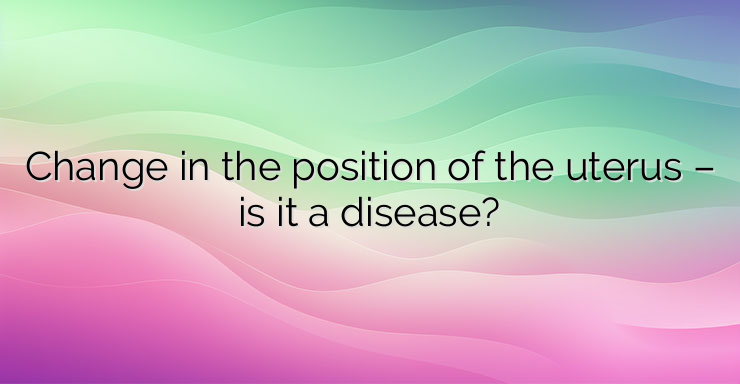Let’s dive into understanding the uterus, the powerhouse behind pregnancy and childbirth. Picture it like a pear-shaped organ nestled snugly in the pelvis between the bladder and the rectum. It’s about 7-8 cm tall and 3-4 cm wide, playing a crucial role in nurturing and delivering a baby.
During a gynecological check-up, the doctor always checks its position. Usually, it tilts towards the front of the abdominal wall, a position called anteflexion and anteversion. This positioning is vital for its job of carrying a baby.
Supporting the uterus are several ligaments: the broad ligaments, round ligaments, and sacro-uterine ligaments, which keep it in place. But various factors like changes in body position, bladder or rectum filling, or even intra-abdominal pressure can affect its position.
Let’s talk about some common changes in the uterus position:
1. Changes in position:
- Anteposition: It moves forward towards the symphysis, often due to tumors or pelvic collections. Sometimes, it can even adhere to the abdominal wall.
- Retroposition: The uterus shifts backward, often caused by a full bladder or tumors. This can lead to issues like difficulty in bowel movements and lower back pain.
- Lateroposition: Here, the uterus moves towards the sides of the pelvis. It can be congenital or due to inflammation or tumors.
2. Changes in inclination:
- Anteversion: The angle between the cervix and the uterus flattens, commonly seen after childbirth or due to tumors.
- Retroversion: In this position, the angle between the vagina and the uterus opens backward. It often occurs alongside retroflexion, forming retrodeviation.
- Retrodeviation: This is when the uterus is tilted backward, affecting around 15-30% of women. It might be due to congenital factors or issues post-childbirth.
Women with symptoms from these positions may experience lower back pain, heaviness in the perineum, or pain during intercourse. Some may even face fertility issues.
Diagnosis involves palpation and additional tests like hysterometry and hysterography. Treatment varies, but for non-pregnant women with no symptoms, no intervention is needed. Pain relief measures like exercises and anti-inflammatory meds can help.
In some cases, a Hodge pessary can be used to correct the position. It supports the cervix and uterus, providing relief. If symptoms improve with the pessary, surgery may be considered.
Understanding these changes and their impacts can help women take charge of their reproductive health.


Leave a Reply